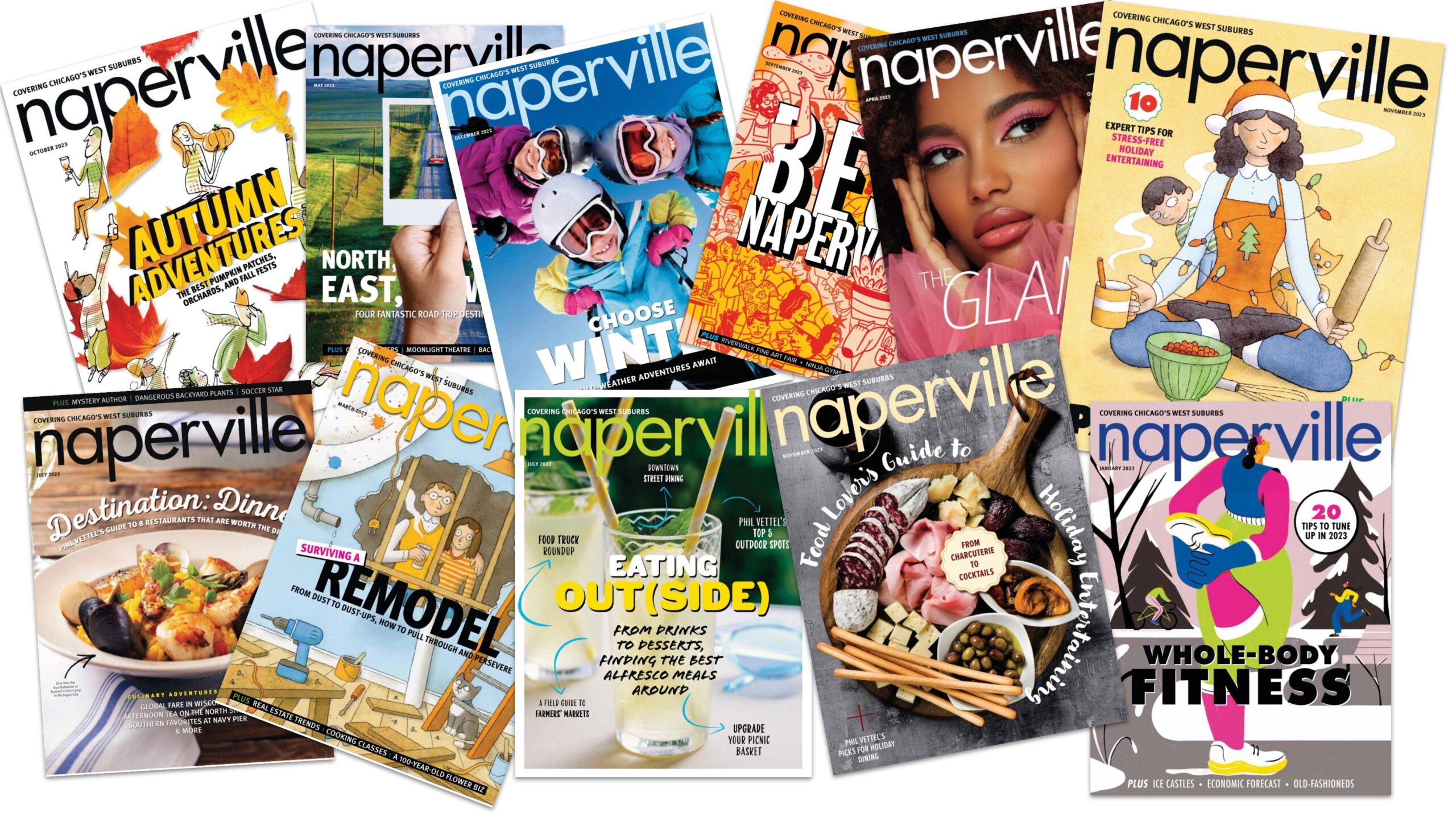Hold the Foam
By Naperville Magazine
Appears in the March 2024 issue.
By Kelli Ra Anderson
Illinois passes a partial ban on disposable foam food ware
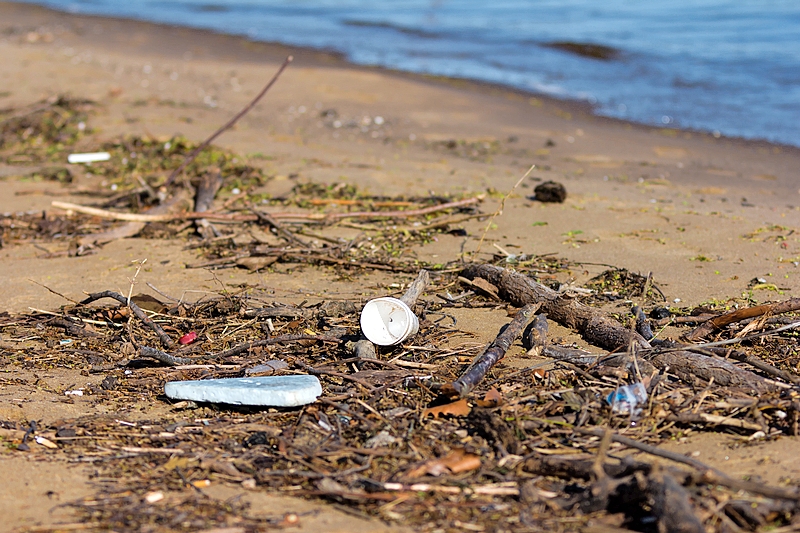
Yes, foam coffee cup, we’re looking at you and your brethren: plastic foam takeout containers, bowls, coolers. The list goes on. For almost five generations, plastic foam (a.k.a. polystyrene as well as the brand name Styrofoam) has been a part of our lives—as single-use food ware at our picnics, disposable containers for our leftovers, or tiny packing pellets that electrostatically cling to our pants. It’s been a love-hate relationship.
Illinois, however, has decided to break up. Last fall the state passed legislation that will phase out and prohibit state agencies’ use of polystyrene foam food service containers in favor of compostable or recyclable products. It’s a positive step in solving the plastic pollution crisis—a crisis we can’t recycle our way out of.
Contrary to popular belief—and despite the confusing No. 6 recycle symbol often stamped on the bottom—polystyrene foam is not recycled (the process is complicated and costly), so it is often instead incinerated or “chemically recycled” (burned for energy despite the gases and toxic chemicals emitted). Most municipal recycling programs do not accept it, though that does not stop well-intentioned people from tossing it in recycling bins—which only makes recycling programs less efficient.
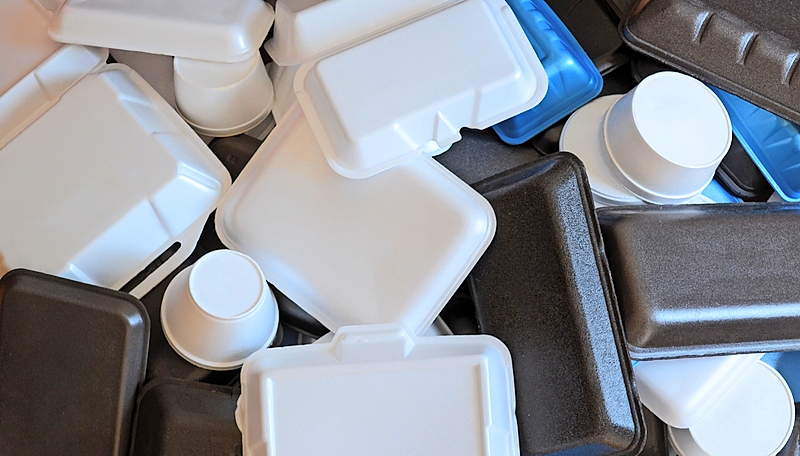
Then there’s the landfills and the litter. Over the past 90 years since its invention, polystyrene foam products now make up an estimated 25 percent to 35 percent of our landfills. But they also end up as litter, choking natural spaces including Great Lakes shorelines, river tributaries, and oceans. What’s worse, plastic foam is not biodegradable, and it breaks up over time into tinier and tinier particles of microplastics that we then drink in our tap water, ingest in our food, and inhale in the air we breathe. Wildlife is affected the same way.
There’s no escaping it. According to a report (“What the Foam?!”) released this past fall by the Ocean Conservancy, single-use plastic foam takeout containers rank as the seventh most common trash item found in our waterways worldwide. Its nasty popularity holds true for Lake Michigan and waterways like the DuPage and Fox Rivers as well. “With river cleanups, by far the most common [trash items we collect] are single-use plastics,” adds Gary Swick, president of Friends of the Fox River. “I would rather wrestle a tire full of mud than address 100 tiny pieces remaining from a foam cooler.”
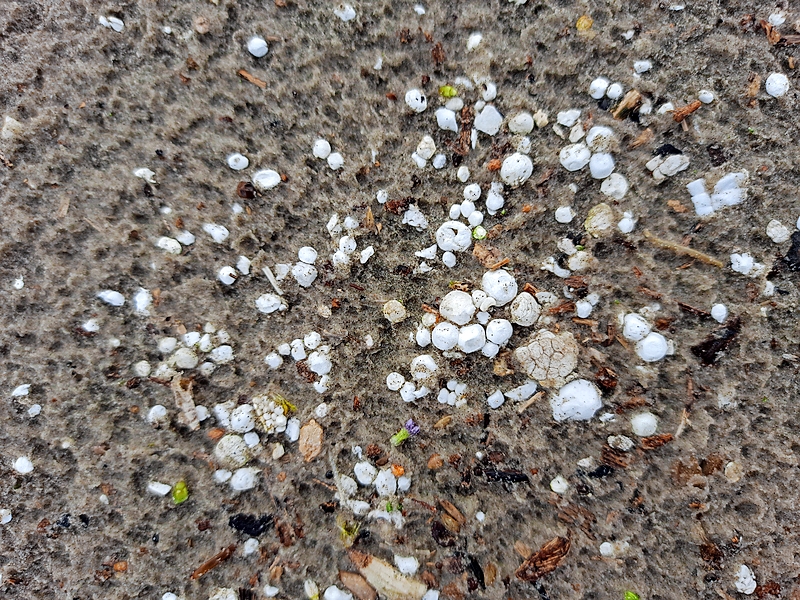
The foam itself (or its tiny pieces) is not just the issue. “Like most plastics, plastic foam contains many chemical additives—from flame retardants to colorants to stabilizers and processing agents—to give it the material properties needed for its many uses,” the Ocean Conservancy report states. “These additives are not chemically bound to the plastic, meaning under the right conditions, they can leach out from the plastic foam into food, beverages or the environment. These chemicals leaching from plastic foam have been found to be toxic to aquatic organisms.”
Bad news. So, what can we do? Here are some starting points.
Encourage Local Businesses
“Ask everywhere to make a commitment to reduce plastic and polystyrene foam,” urges Andrea Densham, senior policy adviser to Alliance for the Great Lakes and Ocean Conservancy. “If you have a favorite restaurant, ask them to move away from it. Or ask your local nonprofits, like schools, or your local businesses. Ask those making purchasing decisions that can move markets in a positive direction.”
Support Industrial and Market Change
Tackle change at its source: manufacturing. The market can move toward sustainable materials like corn and soybean stalks to make packaging that is less toxic, takes less energy to make, and eliminates the financial and environmental cost of cleanup.
“We want to help our restaurants have better choices when they purchase,” explains Densham, applauding alternative eco-savvy products these same manufacturers are already selling. Time to flat-out phase out polystyrene foam food ware. “We put the onus on the consumer to get rid of plastics at the end; that’s not [fully] the right place,” she says. Businesses and institutions that make large purchasing decisions can have a significant impact by choosing less harmful products—or even stop using disposable products all together.
Push for Legislation
“Last of all, it’s our state legislators who need to hear—tell them you’d love them to take action on this,” says Densham, noting recent positive changes in the law. While Illinois has joined the action of 15 nations, 12 states, and 250 cities in banning single-use polystyrene foam food ware, its measure is only a partial ban; a related bill that included a ban in restaurants stalled in the state Senate.
But the campaign continues. Many environmental organizations continue to push for a global ban on polystyrene.
By the Numbers
Foam Facts
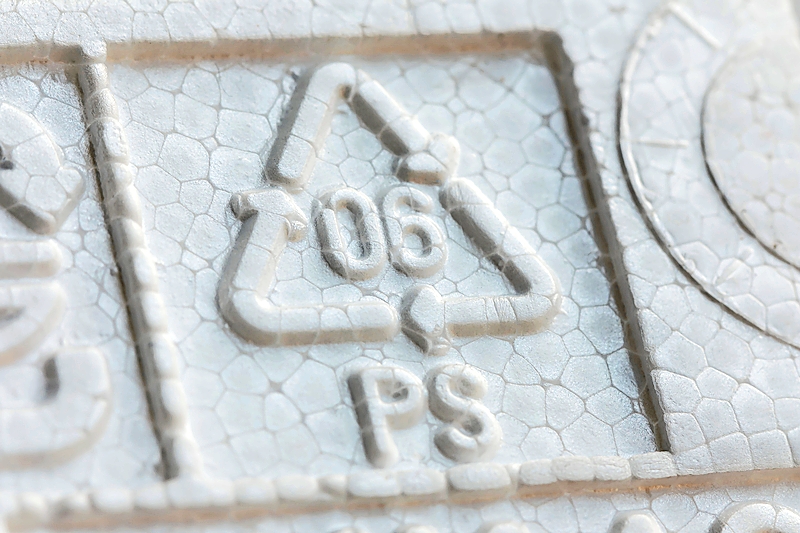
• 83% of Americans report receiving some plastic foam (polystyrene) foodware with their takeout/food delivery in a two-week period.
• 22% of all U.S. takeout and food delivery orders contain plastic foam foodware packaging.
• At least 5.6 billion pieces of polystyrene foam (often labeled No. 6, but not actually recyclable) are used by Americans each year—2.5 billion of which are then unknowingly put in recycling bins, contaminating the recycled waste stream
Source: Ocean Conservancy
Photos: iStock

